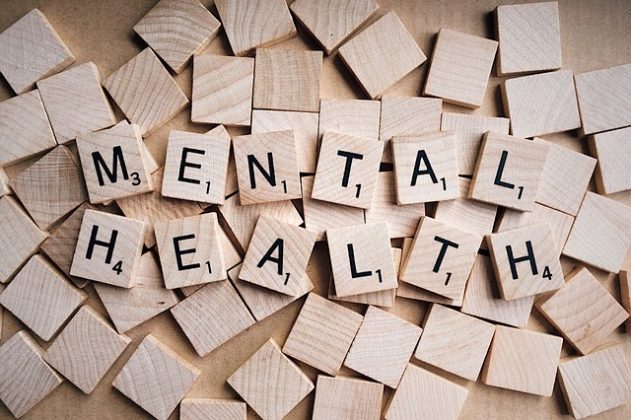As we grow, there are circumstances that can either help or hurt our mental health. These are called protective factors and risk factors.
These factors may include biological, psychological, economic and socio-cultural conditions. Understanding risk factors helps offset the myth that suicide is a random act. Understanding and identifying protective factors may help protect someone from suicidal thoughts and behavior.
Risk Factors
Risk factors are situations that make it more likely that someone will consider, attempt or die by suicide. Even though risk factors may increase the possibility of suicide, they might not be the direct cause. They are, however, important to be aware of. Examples of risk factors may include a previous suicide attempt, legal or financial problems, substance use issue, mental illness or adverse child experiences such as child abuse and neglect. Other factors may be bullying or a family history of suicide or other relationship problems such as a break-up, violence or loss. Barriers to health care, cultural and religious beliefs or a suicide cluster in the community are also factors.
Protective Factors
Protective factors are situations that promote the health and well-being of children and families within their communities. There are things we can do in our communities that may help protect people from suicidal thoughts or behavior.
Here are just some of the actions we can all take to help others.
- Support others online by building digital community guidelines and learning how to report suicidal messages on social media.
- Share your story of hope. The decision to share your lived experience of suicide may feel scary, especially if it is for the first time. However, your story of hope and recovery may have the power to help others and reduce the stigma and myths about suicide.
- Volunteer your time. Boosting someone’s quality of life directly impacts their mental health. Some examples may include volunteering at a nursing home or local food pantry. If you like animals, volunteer at a local animal shelter or get your pet certified to be a therapy animal.
- Ask the hard questions. Research shows that people who are having thoughts of suicide feel relief when someone asks them in a caring way.
- Help them get help. When you know someone who is struggling and you are not sure how to help, convincing them to talk to someone is the best option. If someone you know is experiencing suicidal thoughts or prolonged sadness that significantly interferes with daily functioning, get them connected as quickly as possible.
- Call 1-800-273-TALK or dial 211 to reach the Helpline Center.
- Text ‘HOME’ TO 741741.
- Learn more about resources by visiting www.605Strong.com, SDSuicidePrevention.org, or BeThe1SD.com.
This Mental Health Memo is authored jointly between the Division of Behavioral Health and Human Services Center.




